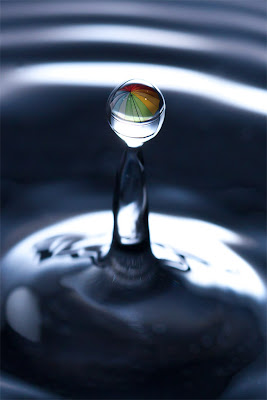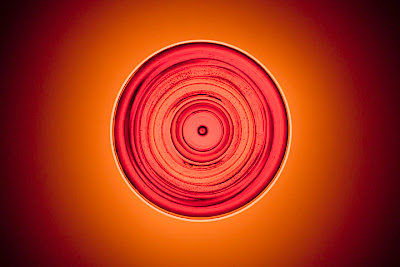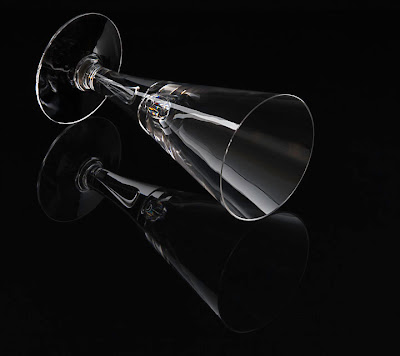A few spare hours in Chicago and I discovered the
Museum of Contemporary Photography (MoCP) which is part of the Columbia College. Free to enter, this nugget of photographic interest will go into my regular list of places to visit. Although it isn't a large exhibition space it does have enough room to display a great variety of pieces as well as conduct lectures and events.
The show on display when I visited was entitled
Public Works which wasn't something I would have necessarily earmarked to view but proved to be a fascinating series of images about construction and industry.
The list of contributors was impressive:
Berenice Abbott,Harold Allen, Stephen Alvarez, David Avison, Tom Bamberger, Hubert Blanz, Andrew Borowiec, Frank Breuer, Mary Ellen Carroll, Alejandro Cartagena, Center for Land Use Interpretation, Chen Qiulin, Barbara Ciurej and Lindsay Lochman, Bruce Davidson, Tim Davis, Mitch Epstein, Terry Evans, Walker Evans, Robert Frank, Lee Friedlander, Ron Gordon, Eirik Johnson, Kenneth Josephson, Jay King, Viktor Kolář, Dorothea Lange, Russell Lee, Gina LeVay, O. Winston Link, Armin Linke, Vera Lutter, Danny Lyon, David Maisel, Rhondal McKinney, Tyagan Miller Richard Misrach, Carl Mydans, Martin Parr, John Pfahl, David Plowden, Merle Porter, James Rotz, Victoria Sambubaris, Daniel Shea, Toshiro Shibata, Mark Slankard, Michael A. Smith, Jamey Stillings, Stan Strembicki, Bob Thall, Sze Tsung Leong, Catherine Wagner, Andy Warhol, Jay Wolke, Thomas Weinberger, Xu Xixian and Xu Jianrong.
But as I walked around I centred on the images that impressed me rather than the photographers, particularly as I found a couple by Andy Warhol that were extremely disappointing! Over exposed with uninspiring composition, the two small images I saw were taken early in his career with a Minox 35mm camera but their importance is due to their significance as a base for some of his later works.
A couple of John Pfahl's shots of waterfalls were included as these centred around industry associated or near waterfalls. Looking further into his work he has a number of juxtapositions which compare the natural beauty of a flowing waterfall with the conurbations and factories that have grown up around them. They make thought provoking as well fascinating comparisons. One of his photographs on display was this photograph of
Van Etta Falls.
Harold Allan's work caught my eye... his simple composition of a cobbled street under Billington Railway Bridge shot in 1969, showed a perfect exposure of the gloomy arches and wet street, making a most memorable photograph.
Two photographs by Berenice Abbott an American photographer who died in 1991 were also worthy of note. She shot the interior of an
L Station on 72nd Street and managed to capture a great social scene of the twenties. I love the atmospheric effect she obtained with the available light and the scene of commuters warming themselves by a pot bellied stove.
The exhibition also showed one of Robert Frank's works which is a '
Monument to electricity + photography'. Frank was best knows as a film make but he returned to still photography in the 70's. This work is a collage made of 6 3x4 prints which combine to make up a simple telegraph pole. The pole's only significance seems to be a lost dog poster pinned to the bottom but it makes an dull and every day into something more. My feeling is that its significance is solely due to the fame of the photographer rather than the quailty of the image.
Martin Parr had one of his 'Last Resort' works displayed. His collection of humorous seaside photographs of the 50's are worth a look as
this example shows. The composition is great with a typical seaside view of a promenade and band stand with two kids in the foreground with buckets, spades and towels. The completely incongruous element are the huge caterpillar treads of a digger right beside the kids who appear oblivious of its presence.
Jamey Stillings night photograph during the construction of a bridge reveals a fantastically detailed view of the
Bridge at Hoover Dam. One of a series that he took during the time it took to build the bridge the scale and detail of the photograph, combined with the great lighting make this a stunning photograph and great series to look at.
I could have written considerably more about the many excellent photographers who contributed to this exhibition but this particular review is getting a bit long to be easily read. Suffices to say, this was a fascinating look at a themed exhibition and perhaps more fascinating were the diversity of styles and number of well known photographers who have experimented by photographing public works!















































